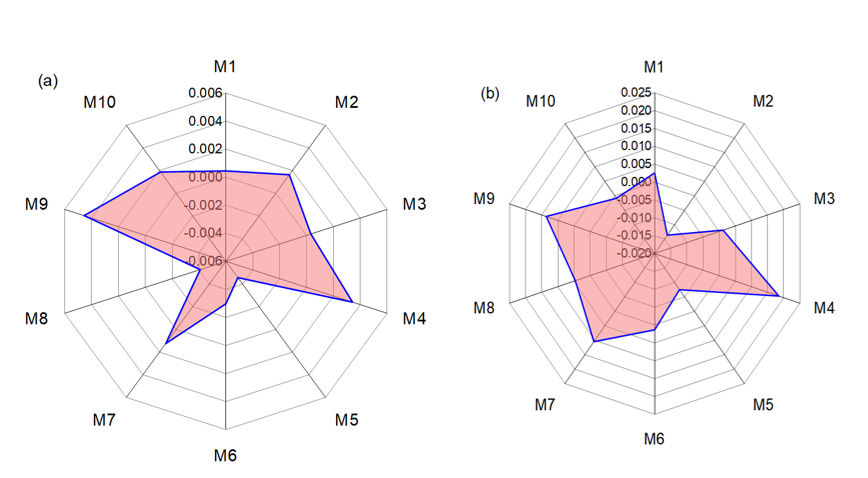PERFORMANCE EVALUATION OF TRAINING FUNCTIONS IN NEURAL NETWORKS FOR OPTIMAL BIOMASS ENERGY CONTENT PREDICTION
Keywords:
Artificial neural networks; biomass; higher heating value; transfer functions; ultimate analysisAbstract
This study compares the performance of ten training functions in artificial neural networks for predicting the higher heating value (HHV) of biomass using ultimate analysis. A 5-10-1 feed-forward back-propagation neural network architecture was implemented, with data normalized and divided into 70% training and 30% testing. Model accuracy was assessed using the coefficient of determination (R²), mean squared error (MSE), and mean absolute error (MAE). Results obtained showed that the Bayesian Regularization algorithm (trainbr, M3) outperformed other models, achieving an R² of 0.8358, MSE of 0.001432, and MAE of 0.000321 in the training phase, and an R² of 0.9451, MSE of 0.003077, and MAE of 0.001225 in the testing phase. The Levenberg‑Marquardt algorithm (trainlm, M1) followed closely, while the Gradient Descent algorithms (traingd and traingdm) gave the weakest results with low or negative R² values. The findings demonstrate that the trainbr function provides superior predictive reliability for biomass HHV.

Published
How to Cite
Issue
Section
Copyright (c) 2025 Aisha Saeed Bello, Usman Alhaji Dodo

This work is licensed under a Creative Commons Attribution 4.0 International License.
How to Cite
Most read articles by the same author(s)
- Samuel Msheliza, Usman Alhaji Dodo, PERFORMANCE COMPARISON OF DIFFERENT ACTIVATION FUNCTIONS IN NEURAL NETWORKS FOR BIOMASS ENERGY CONTENT PREDICTION , FUDMA JOURNAL OF SCIENCES: Vol. 9 No. 4 (2025): FUDMA Journal of Sciences - Vol. 9 No. 4




